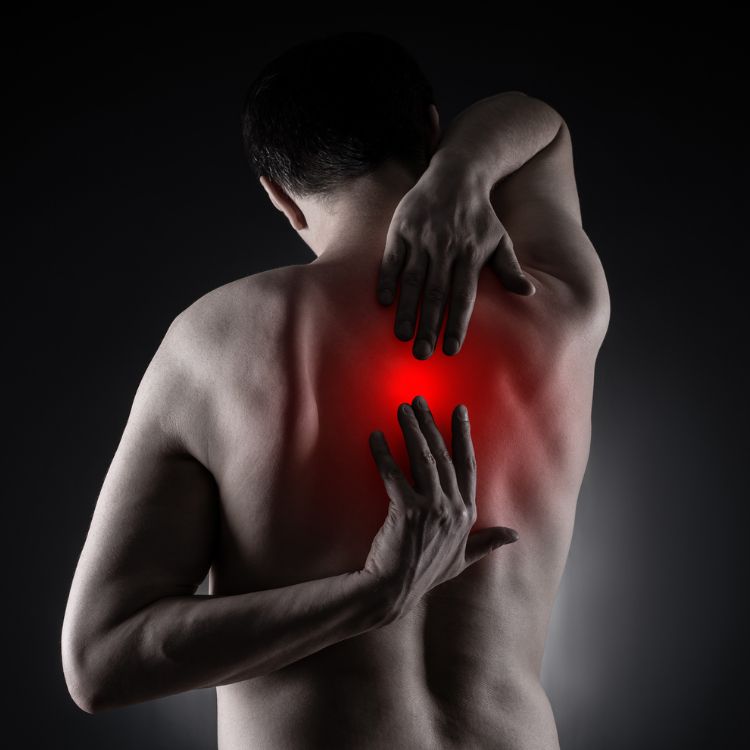What Are the Medial Branch Nerves Are Why Are Medial Branch Blocks Helpful?
Medial branch nerves are the very small nerve branches that allows one to feel pain from by the facet joints. The nerves do not control any muscles or sensation in your arms or legs. They are located along a boney groove in your low back and neck and over a bone in your mid-back.
We have strong evidence to suspect that your facet joints are the source of your pain.
Unfortunately, however, the simple joint injections and/or other treatments done earlier have not provided you with adequate pain relief. Therefore, you may benefit from having the small medial branch nerve(s) damaged (via a controlled heat lesion) non-surgically with a special needle. Before actually damaging the nerve we first block the nerve signal with numbing medicine as a test. This tells us whether or not you are likely to benefit from having the medial branch nerves damaged at a later date by a special (radiofrequency) needle so they no longer transmit the painful signal to your brain. This is called radiofrequency medial branch neurotomy.
What Will Happen to Me During the Procedure?
An IV will be started for cervical/thoracic and possibly for lumbar medial branch blocks to provide you with relaxation medicine. After lying on a x-ray table, your skin will be well cleaned. Next, the physician will numb a small area of skin with numbing medicine which stings for a few seconds. Next, the physician will use x-ray guidance to direct a very small needle over the medial branch nerves. Pain will not be provoked, if at all possible. Next he will inject a small amount of numbing medicine over the nerves. The entire procedure is quick and easier than facet joint injections.
What Should I Do After the Procedure?
After 15-20 minutes you will resume activity and try to provoke your usual pain. You will report your percentage of pain relief and also record the relief you experience during the next 2-6 hours on a “pain diary” we will provide to you. Mail the completed pain diary back to Advanced Pain Management and we will contact you when we receive your diary. You should not drive for eight hours after the procedure.
General Pre/Post Instructions
You should eat a light, but not a full meal at least 2 hours before the procedure. If you are an insulin dependent diabetic do not alter your normal food intake. Take your routine medications before the procedure (such as high blood pressure and diabetes medications). Stop aspirin and all anti-inflammatory medications (e.g. Motrin/Ibuprofen, Aleve, Relafen, Daypro) 3 days before the procedure. These medicines may be re-started the day after the procedure. You may take your regular pain medicine as needed before/after the procedure. If you are on coumadin, heparin, lovenex, plavix or ticlid you must notify our office so that the timing of stopping these medications can be explained. If you are on antibiotics please notify our office, we may wait to do the procedure. If you have an active infection or fever we will not do the procedure. You will be in the hospital as an out-patient for 2-3 hours even though you see the physician for 20 minutes. You will need to bring a driver with you. You may return to your current level of activities the next day including return to work.


